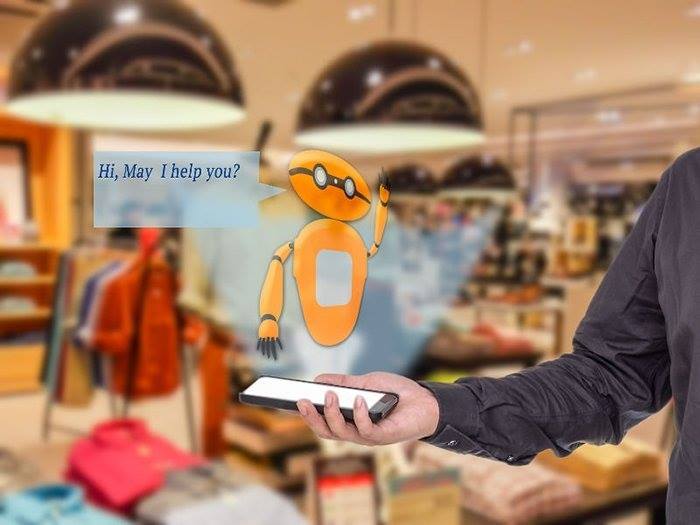Despite the fact that education has globalized and trends from other businesses have been applied in this area, we all know that it is still the hardest sphere to automate. Nevertheless, new technologies are frequent guests in modern classrooms. For instance, in many countries around the globe educators have moved away from printed books as the only means of teaching and learning. Nowadays, smart boards, smartphones and laptops have become genuine assistants that help students achieve better academic results. Learners also enjoy all the benefits of online education, blended learning and flipped classrooms.
But a good education is not about content streaming delivered in real time or asynchronously. Successful education systems require interaction. Such technologies as VR/AR are on track to be implemented in education since they offer undeniable advantages for students – immersive and active experience and immediate engagement of students, to name a few. Moreover, new interdisciplinary sciences are emerging, for instance, a combination of biotechnology and computer science. It means that new courses should be developed by experts from different fields closely collaborating with each other. To make this collaboration fruitful, we will face the challenge of creating efficient tools with new advanced communication interfaces between people and between people and computers.
In this article we will dig deeper into one of the emerging education trends today – a chatbot, a new form of a computer-human interface. A chatbot is a messaging application that understands human language, mimics and simulates a conversation. These days, chatbots are advanced enough to keep the conversation going. And it is rather difficult to distinguish the difference between the machine and a human.
The technology has already settled down in a wide range of educational institutions and has addedsubstantial value to students. Let us take alook at how chatbots can affect education and how students and teachers can benefit from applying this technology.
Why chatbots are useful?
It comes as no surprise that in many ways chatbots can make teachers’ work more meaningful helping educators with their routine task when a student needs a precise answer to his/her question. In this case a bot can answer much faster, providing more details and references. Thus, chatbots play a crucial role in increasing teachers’ efficiency and allow them to focus on enhancing the quality of mentorship and research. But what about students? The younger generation is obviously faster to adopt new technologies, and chatbots have become permanent digital assistants for lots of modern students. The following are benefits that students can reap by using a chatbot:
Access to information and constant communication.
Education bots are more applicable as interactive information sources. Today, students get the wealth of information on the topics of interest from the web. Being available 24/7, a chatbot may act as a mediator between students, teachers and the Internet and help find the most relevant information. Additionally, bots provide access to all course-related material, grades, assignments, and deadlines. Chatbots play the role of tutors as they personalize learning by identifying students’ needs and offering material and references to address those needs and thus help students solve their doubts.
Technical support.
School and university website chatbots offer not only valuable information but also provide troubleshooting and tech support. With tutorials incorporated into chat scripts, the bot can handle any problems with software, email accounts and/ or information search.
Campus guide.
First-year students may often find themselves in a stressful situation trying to get used to a new place. A bot may come in handy as a tour guide navigating students to lecture rooms, labs, and other campus facilities. Chatbots give information about extra-curricular activities – all in a simple question-answer form. Also, a chatbot may introduce the campus social life, inform about events, cancelled or postponed lectures, provide valuable information about fees, scholarships, internship programs, and more.
Conclusion
Despite the fact that modern education is becoming more tech-dependent, education processes are not fully automated, and there is some doubt they will ever be. But it does not mean that AI researchers are not trying. As a result, we have chatbots that definitely have great potential in terms of improving students’ success rates, helping them identify their needs and take better decisions. Moreover, teachers get an opportunity to transfer some minor duties to bots and concentrate on their primary goal – educating. Q&A chatbots can answer simple questions with ease. However, there are certain constraints for AI, for example, decisions that cannot be made without emotional involvement or responses to human questions (until chatbots are not trained at least). Nowadays chatbots are more likely to serve as smart helpers for students and will not replace the teacher. But who knows tomorrow?
About the Author:
Darya Danikovich is a tech journalist at EffectiveSoft – software development company which delivers custom solutions for a wide range of industries, including healthcare, trading, finance, education, telecom, and more. You can reach Darya at darya.danikovich@effective-soft.com.


